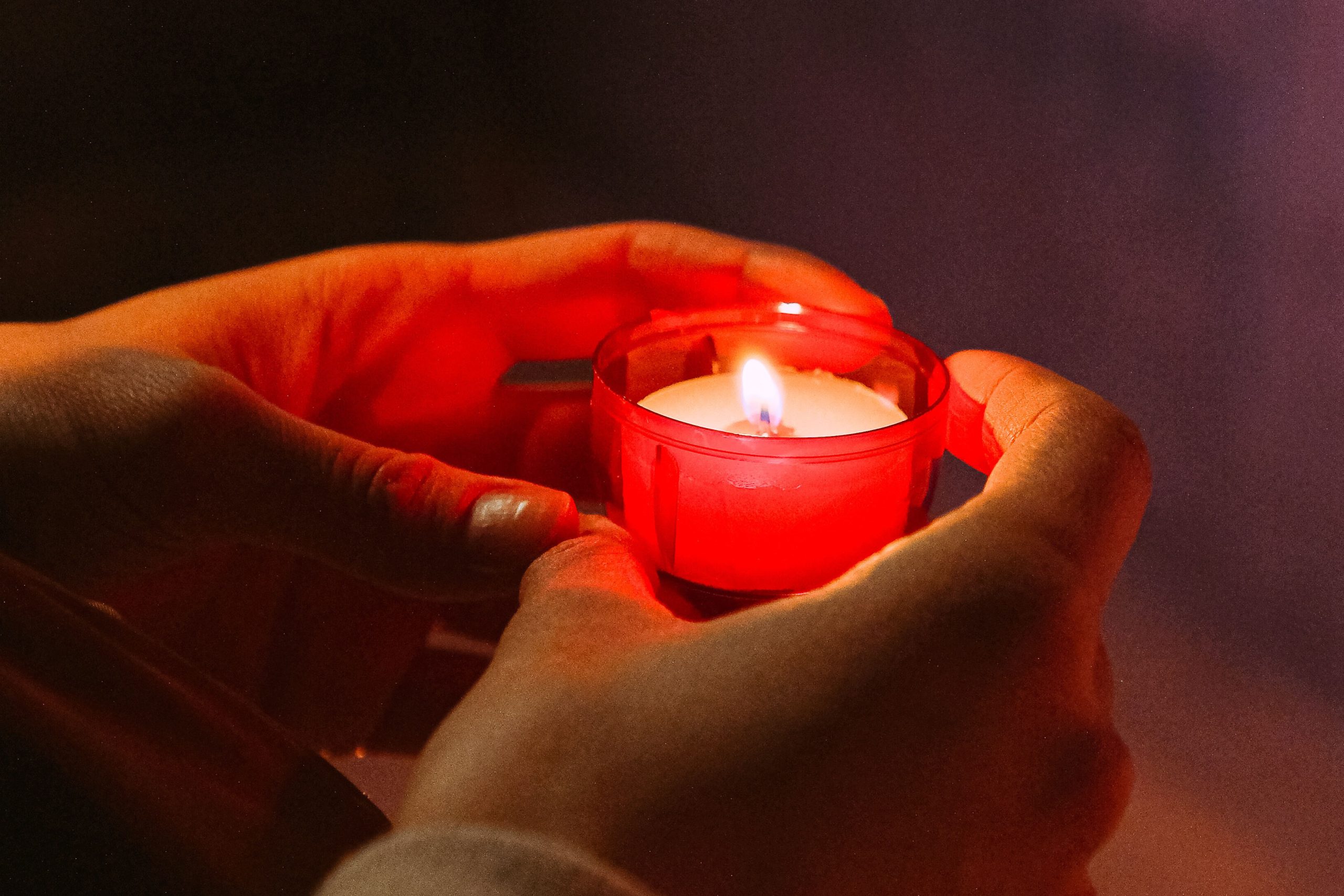
The liturgical cycle invites us to walk through the Paschal Mystery each year. As it draws towards an ending and a new beginning, we are also invited to reflect on the mystery of the whole living community of which we are a part.
Christine Valters Paintner (2023) suggests remembering those who walked this earth before us; we have that in the Christian tradition, but I think it’s something we need to reclaim and revisit as a beautiful fullness and gift knowing ourselves as part of this greater communion.
The first two days of November are there to remind us of so much of this Christian tradition. At this time of the year, we recall the doctrine of the Communion of Saints. The teaching of the Catholic Church reminds us we are all one: all moving into the great unity and community which is The Trinity. This movement continues in life and death, drawing all into an ever-deepening love and fulfilling Jesus words and hope: that you may be one.
The mystery of what follows death has been a source of bewilderment, concern, hope and wonder for all cultures whether primitive or sophisticated or somewhere in between. Some cultures and religions offer reincarnation as a solution to the mystery. Others see death as an ending with nothing happening beyond. The Christian religion though, through Christ, sees transformation, resurrection, an ongoing journey deeper into God beyond space and time as our after-death experience. This is the Christ teaching. As Christians we hold to this eschatological truth.
Purgatory is the place of purgation and the second after death experience we celebrate in November. All Souls Day! According to Catholic teaching, it is here we open ourselves to deeper unity with love. This is a unity we never thought possible. Time is immaterial here so Christ can say to the good thief: this day you will be with me in Paradise. This day! An eternal day that keeps on welcoming us more deeply into the place of belonging, the home for which we long.
Many cultures celebrate death in different ways. Mexico, for example, celebrates the The Day of the Dead (el Día de los Muertos), a Mexican holiday where families welcome back the souls of their deceased relatives for a brief reunion that includes food, drink and celebrations. Other cultures shy away from speaking of death, yet all cultures share both grief and hope as they experience death particularly sudden or violent death. Rarely do these cultures see death as an end to all we are. That is the space where hope exists.
The Irish scholar, Diarmuid O’Murchu sees a union between science and quantum mechanics. The heightened awareness of our spirituality brought about by this new scientific understanding shows us that all is energy. Quantum spirituality acknowledges that the deep energy of life and being is never lost, energy is transformed into other forms of energy; in Christian and other traditions the energy of Love begins to fill our universe even as death dominates our world through war and bitterness.
The Communion of Saints celebrates the energies of Love that go beyond the living and become fixed in the heart of the God who is light and love. In the light of quantum physics, O’Murchu describes spirituality in the following way: Spirituality explores the subtle forces of energy in and around us and reveals to us a sense of profound interconnectedness (Charlene Spretnak). This is the reality of the Communion of Saints.
Thomas Aquinas does not exclude anyone from that unity. In one of his poems, We are Fields before each Other (translated by Daniel Ladinsky), Aquinas says one day we will all come to know we are all madly in love with the one God. When we realise this truth in our heart and soul, we will know deeply we are part of a great communion accepting of all as God is accepting of all in love.
Colleen O’Sullivan rsj
